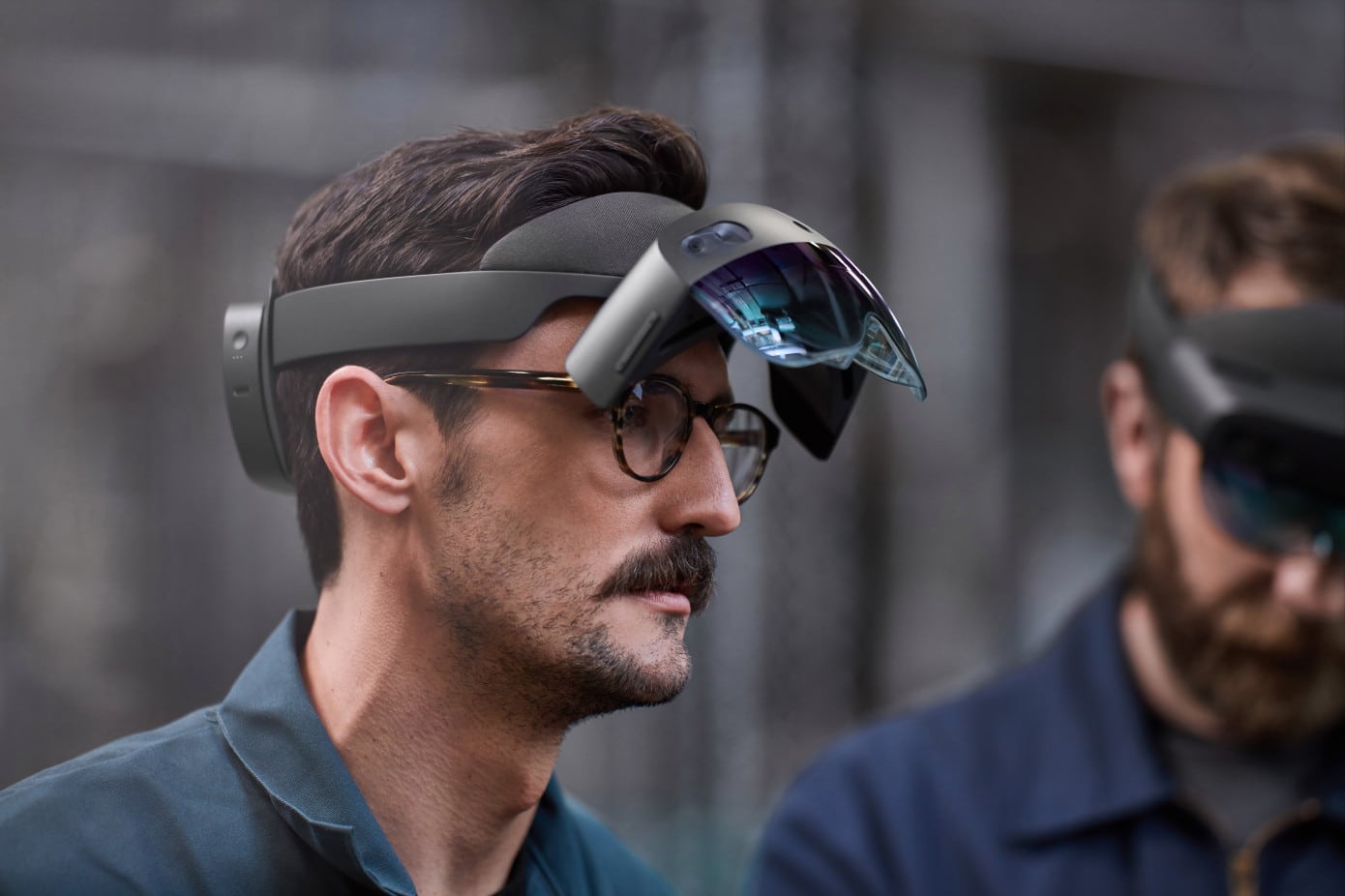
This article features the latest episode of The AR Show. Based on a new collaboration, episode coverage now joins AR Insider’s editorial flow including narrative insights and audio. See past and future episodes here or subscribe.
We sometimes have core principles engrained early in our careers that stay with us for years. And those among us who are fortunate enough to have quality mentors can benefit from good lessons during those impressionable stages. For Scope AR’s Scott Montgomerie, that was at Intuit.
Intuit’s storied founder Scott Cook created an environment of customer obsession. This involved then-innovative feedback methods like eye-tracking and even going into customers homes while they used TurboTax. The result: a product that dominated market share to this day.
As Montgomerie discussed with Jason McDowall on the AR Show (listen below), this lesson translated later to deep focus on Scope AR customers as opposed to the -tech-first approach that dominates enterprise software. This requires lots of listening, which is easier said than done.
But the path to Scope AR was circuitous. As a serial entrepreneur, Montgomerie had lots of ups and downs before arriving at spatial computing and computer vision. That started with a Duck Hunt game for Apple TV which not only represents spatial beginnings but the company’s name.
“I was using the phone to track where your TV was. And we ended up building that into a new version of Duck Hunt,” said Montgomerie. “And so we use computer vision on the camera to look at your TV. And on your Apple TV, we communicated over Bluetooth, and we replayed this Duck Hunt look alike. Then we mounted your phone on top of a gun and you pointed it… So that was the genesis of the name Scope.”
That started Montgomerie down the AR path with visually-oriented mobile experiences. A zombie shooter game followed, then an art gallery experience for visualizing art on the wall. It eventually developed an advertising and commerce app for activating print ads through mobile AR.
This app was before its time because publishers and advertisers weren’t yet ready to pay for AR, unlike today. But the big revelation came when Montgomerie started to see signals that industrial enterprises are where visual and spatial technologies could find actual paying customers.

An industrial company approached Scope AR to ask if its technology could be used for training. So it built a prototype with repurposed Epson hardware running its software. It worked well enough that Scope AR decided to pursue industrial AR full time, leading to clients like Boeing and Toyota.
Then the hardware started to evolve quickly. Google Glass was released in 2013, which wasn’t powerful enough. Then ODG launched, which had serviceable specs for Scope AR’s goals. But the real inflection point for enterprise AR hardware came in 2015: Microsoft Hololens.
After some challenges getting Microsoft’s attention, Montgomerie persisted and got a partner deal. But there was disagreement about the business model. Microsoft believed the technology was a means to high-end consulting engagements for customized enterprise integrations.
But Scope AR knew that the internal barriers involved in such engagements were untenable. The market rather called for a self-serve and modular product, which ended up being the right call. Back to those early lessons, it was Scope AR’s ingrained customer focus that gave it this intuition.
“At the time, Microsoft’s thought it was going to be a bunch of agencies building [AR] experiences for customers,” said Montgomerie. “They had this program where they brought in agencies and trained them on how to stylistically build good one-off experiences for customers…We believed that in order to democratize this, we needed to provide tools to companies to author [AR] themselves… It was really an experience with Boeing that led us to this… miles of red tape and dozens of signatures. So we thought, we need to give Boeing the tools to create this content themselves. And that has really driven our product ever since.”
Another intuition was that AR glasses are the future but mobile and tablets are here now. Seeing thousands of headset shipments versus the hundreds of millions of installed smartphones and tablets drove Scope AR early (and to this day) to pursue both head-worn and mobile tracks.

And that brings us to the present. Scope AR’s current goals — congruent with the industry’s lifecycle — is maintenance and mundane stuff. It’s in the fortunate position of having successful deployments and now needs to bring them to a more mature state wth its industrial customers.
“Right now, it’s all about enterprise readiness… all the unsexy things,” said Montgomerie. “Previously, we were trying to educate the market that AR was a good user interface, that it was viable, the devices were ready, and that you could trust it wasn’t going to fail… So now that we’re progressing, customers want all of the traditional enterprise stuff: integrations with other systems, encryption, scalability, private cloud… you know, the mundane stuff.”
As for looking forward, Montgomerie, like the rest of the industry is excited for potential Apple AR glasses. But he’s cautiously optimistic. The signals he’s tracking point to more of a watch-like notification layer in one’s line of sight, as opposed to spatially-aware SLAM overlays (we agree).
That not only fits Apple’s DNA but its capability, as we’ve examined. Compared with Microsoft, which built its entire spatial computing stack in-house, Apple has acquired its way to AR. And that could have some fundamental disadvantages in building something as strong as Hololens.
“If Apple does ship a device, I think it’s going to be very similar to having a Watch on your glasses: notifications, calendar, weather … at-a-glance information,” said Montgomerie. “The other thing is [that] Microsoft HoloLens is almost entirely homegrown… they’ve been working on the Kinect sensor for over a decade … the operating system is homegrown and all of the technology inside of it, even eye-tracking. Apple is taking the opposite approach. They’ve grown through acquisition… But integrating those various pieces is very difficult. That leads me to believe that will be more of a Watch-like interface… Watch is a very successful piece of technology. Bringing that type of experience into a glasses interface shouldn’t be too hard.”
Listen or subscribe to the full episode at The AR Show or below, and see our archive of past and future episode coverage here.

For deeper XR data and intelligence, join ARtillery PRO and subscribe to the free AR Insider Weekly newsletter.
Disclosure: AR Insider has no financial stake in the companies mentioned in this post, nor received payment for its production. Disclosure and ethics policy can be seen here.







